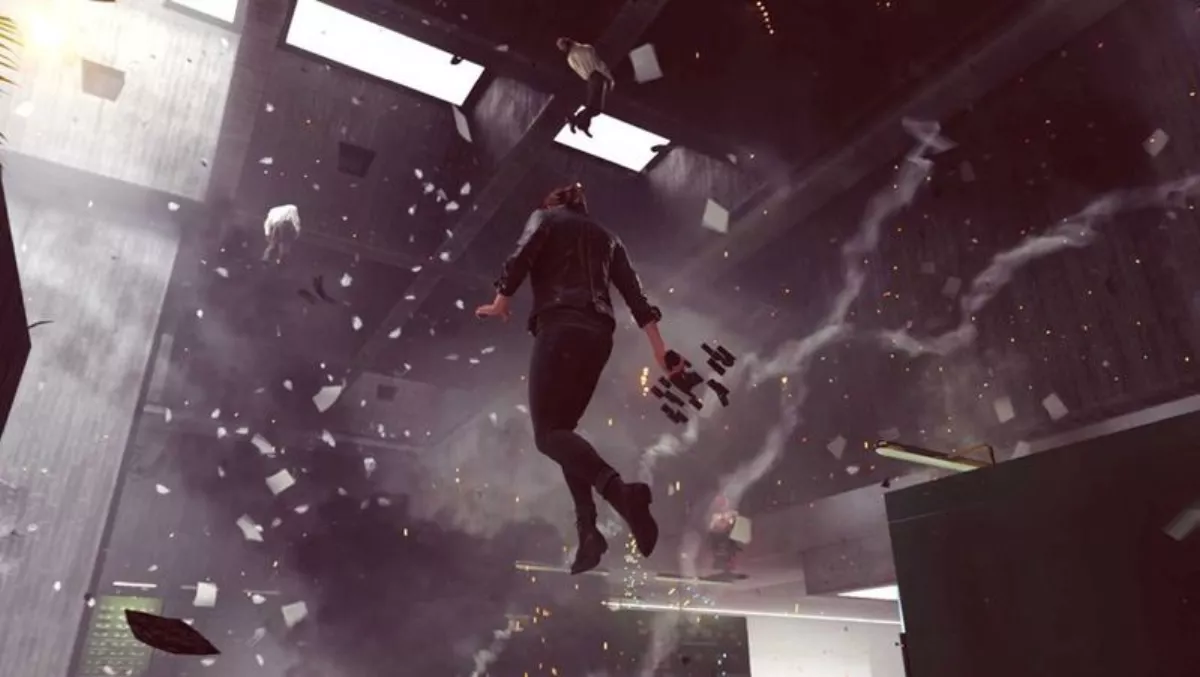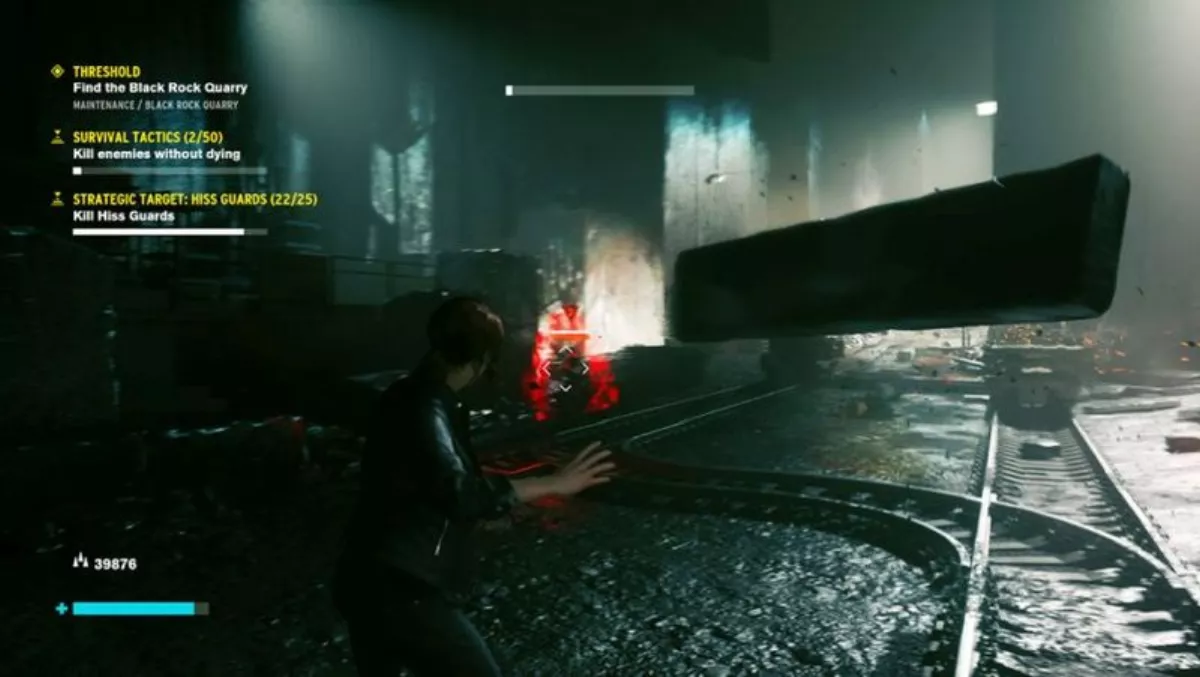Game review: Control (PC)
Remedy, the Finnish developers responsible for Max Payne, Alan Wake and Quantum Break, invite players to experience their paranormal action-adventure game, Control.
Players take on the role of Jesse Faden, a woman searching for her brother, Dylan. Dylan was abducted by the shadowy government agency called the Bureau of Control, years before.
As the game starts Jesse has gained entry to the Bureau's New York HQ. It's strangely empty save for a kindly janitor who helps her on her way. While roaming the empty offices, Jesse comes across the body of the Bureau's Director and picks up his weapon. With this action Jesse finds herself appointed the new Director of the Bureau. It didn't make sense to me either, but, welcome to the world of Control.
The Bureau is responsible for containing, studying and controlling paranormal objects and occurrences. But something has invaded the Bureau HQ, known as the Oldest House, possessing staff not protected a special device worn on their chests. Jesse christens this powerful force The Hiss.
Control follows the very familiar gameplay traits that Remedy used in their last game, Quantum Break, mixing up third-person shooter game mechanics with special abilities. The Director's Service Weapon is upgradeable as are Jesse's powers. Telekinetic abilities allow Jesse to send out a powerful melee blast, launch object into the air, evade attacks by moving quickly, make a shield from debris and even levitate. Jesse can also use her powers to command enemies to switch sides and fight alongside her.

Combat is very destructive, with Jessie's main offensive power being the ability to telekinetically pick up most of the objects laying around and propel them toward the enemy. When the dust settles, post-combat, areas usually look absolutely wrecked.
The building itself, the Oldest House, is a labyrinthian place with shifting rooms and strange portals to other dimensions. Scattered around the environment are supernatural objects of power that, once found, can be used to improve Jesse's abilities.
The game environments range from offices and mezzanine areas, vast underground facilities and caverns to the strange otherworldly astral plane.
The game does a good job of reusing the environment. As the game progresses, new areas open up usually by finding higher level security cards. As you revisit areas, enemies spawn at random. In any other game this would start to become tiresome, but the combat in Control is a lot of fun. I started to look forward to these random encounters.
Controlis in no way a mindless shooter. The story, whilst not as engaging as Alan Wake's, is interesting and played out via cut scenes with extra information gleaned from the various documents and files strewn throughout the game.
The game also features some very crafty puzzles that offer players little in the way of hints. The Oldest House is a peculiar environment that does not follow convention, and thus nor do the puzzles within.
There are some areas that require Jesse to traverse the corridor of the bizarre Ocean View Motel and Casino, accessed by pulling the cord of a light switch three times. The motel corridor presents a puzzle that players must solve in order to get the keys to open the door back into the Oldest House and to your destination.
Jesse progresses through the game by completing missions to help the surviving Bureau agents (she is the Director, after all) and find answers about her brother. As well as the main missions there are also side missions and randomly generated tasks. The areas of the Old House are connected by a series of nodes to stabilise the building's structure. Once activated, these control nodes can be used to fast travel around the vast building.

The game's only failing is the awful in-game map that's absolutely no help whatsoever. At times I found it a complete chore to find some of the more out-of-the-way mission areas. On more than one occasion I spent over half an hour trying to find a location before stumbling on it by accident. Several times I just put the game down in frustration.
In the end, I found the best way to enjoy the game was to ignore the map, only using it to find the nearest node point, and just explore the vast game world. Exploration yielded new ways to get around seemingly impassable areas.
All of Remedy's games have broken new ground when it comes to visual fidelity and Control is no exception. The meticulously detailed, destructible game environment looks incredible.
On PC, the game makes full use Direct X 12's new real-time raytracing features, as implemented by Nvidia's Turing-based RTX graphics cards. Contact was the perfect game to test out the newly-configured review rig - an Intel i9 9900K mounted to a bomb-proof ASUS ROG STRIX Z390-E Gaming board with an RTX 2080ti supplying the graphical oomph.
RTX graphic card owners can experience ray-traced effects, making the visuals look even more realistic. Translucent reflections allow objects out of frame to be reflected on shiny surfaces. You can see what's behind Jesse reflected in glass (that you can them smash into tiny bits). Advanced ray-traced diffuse lighting and shadow rather enhance the game's visual fidelity. This is the graphical showcase that Nvidia's RTX cards have waited almost a year for.
Unintuitive wayfinding aside, Control is a very good game. The combat is a lot of fun, especially as your abilities are upgraded, the puzzles challenging and the story engaging. This is a game worth checking out and likely to be one of the biggest releases this year.
Verdict: 9/10


